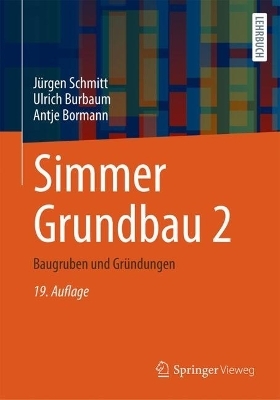
The THEMIS Mission
Springer-Verlag New York Inc.
978-1-4419-2803-0 (ISBN)
Foreword.- The THEMIS Mission.- THEMIS Science Objectives and Mission Phases.- Orbit Design for the THEMIS Mission.- THEMIS Operations.- The THEMIS Constellation.- Instrument Data Processing Unit for THEMIS.- The THEMIS Magnetic Cleanliness Program.- Instrument Boom Mechanisms on the THEMIS Satellites; Magnetometer, Radial Wire, and Axial Booms.- THEMIS Ground Based Observatory System Design.- The THEMIS Fluxgate Magnetometer.- The Search Coil Magnetometer for THEMIS.- The THEMIS ESA Plasma Instrument and In-flight Calibration.- The Electric Field Instrument (EFI) for THEMIS.- The THEMIS Digital Fields Board.- The THEMIS Array of Ground-based Observatories for the Study of Auroral Substorms.- THEMIS Ground-Based Magnetometers.- The Upgraded CARISMA Magnetometer Array in the THEMIS Era.- First Results from the THEMIS Mission.- THEMIS ESA First Science Results and Performance Issues.- First Results of the THEMIS Search Coil Magnetometers.- OpenGGCM Simulations for the THEMIS Mission.- The Time History of Events and Macroscale Interactions during Substorms (THEMIS) Education and Outreach (E/PO) Program.
| Erscheint lt. Verlag | 6.12.2010 |
|---|---|
| Zusatzinfo | IV, 583 p. |
| Verlagsort | New York, NY |
| Sprache | englisch |
| Maße | 155 x 235 mm |
| Themenwelt | Naturwissenschaften ► Geowissenschaften ► Geologie |
| Naturwissenschaften ► Geowissenschaften ► Meteorologie / Klimatologie | |
| Naturwissenschaften ► Physik / Astronomie ► Angewandte Physik | |
| Naturwissenschaften ► Physik / Astronomie ► Astronomie / Astrophysik | |
| Technik ► Fahrzeugbau / Schiffbau | |
| Technik ► Luft- / Raumfahrttechnik | |
| ISBN-10 | 1-4419-2803-0 / 1441928030 |
| ISBN-13 | 978-1-4419-2803-0 / 9781441928030 |
| Zustand | Neuware |
| Informationen gemäß Produktsicherheitsverordnung (GPSR) | |
| Haben Sie eine Frage zum Produkt? |
aus dem Bereich


